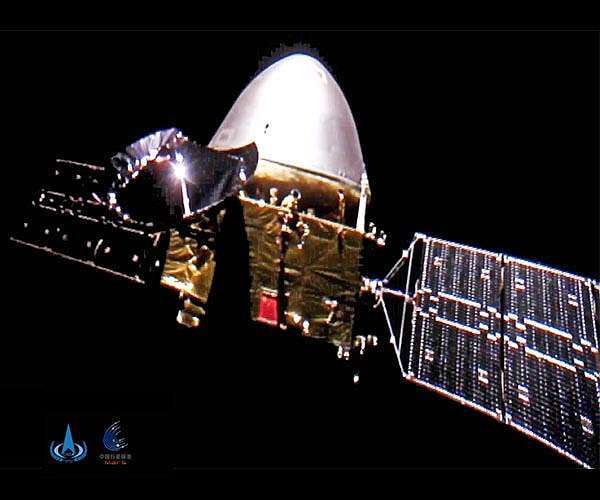13.07.2024

China's Tianwen 2 probe is set to launch aboard a Long March 3B rocket in May 2025. This mission aims to collect samples from a near-Earth asteroid and deliver them to Earth, followed by a journey to study a comet in deep space.
The probe's first target is the near-Earth asteroid 469219, known as Kamo'oalewa in Hawaiian. After reaching the asteroid, Tianwen 2 will perform remote sensing to identify suitable landing sites. The spacecraft will then collect samples using two techniques: touch-and-go and anchor-and-attach. The samples will be brought back to Earth for analysis.
Kamo'oalewa is approximately 14.5 million kilometers from Earth, and the mission will span about two and a half years. "This is the first time an asteroid sampling mission is using the anchor-and-attach method, with the autonomously operating lander employing four robotic arms with drills to secure itself onto the surface."
Success in this mission could reveal whether Kamo'oalewa is a primitive planetary body or a fragment of the moon ejected by an asteroid impact, as suggested by a French analysis in April.
By retrieving samples from Kamo'oalewa, Tianwen 2 will test technologies for round trips from asteroids, paving the way for future mining endeavors in the Asteroid Belt.
Asteroids like Psyche, which contains 30 to 60 percent metal, are believed to hold valuable resources worth $100,000 quadrillion.
After sending the sample capsule back to Earth, Tianwen 2 will use a gravitational assist from Earth to set course for the main-belt comet 311P/PANSTARRS. The probe is expected to reach the comet in about seven years, where it will conduct a remote sensing study.
China's ambitious space plans include Tianwen 3, a sample-return mission to Mars scheduled for 2028, and Tianwen 4, a mission to explore both Jupiter and Uranus, set for launch around 2030.
These cost-effective missions aim to enhance our understanding of the solar system's early stages, assess space resources, and develop strategies for asteroid-strike defense.
Quelle: SD
